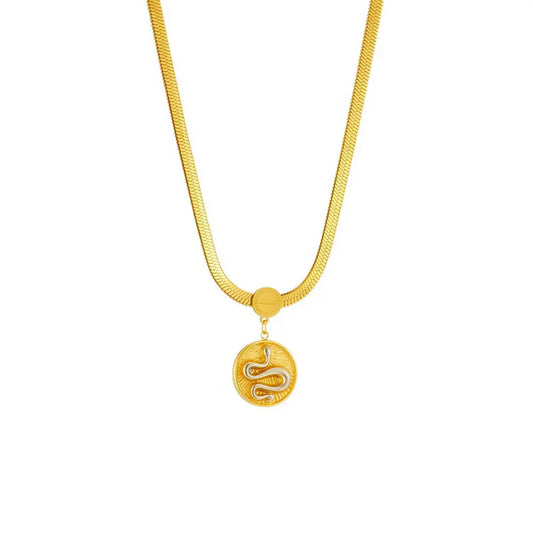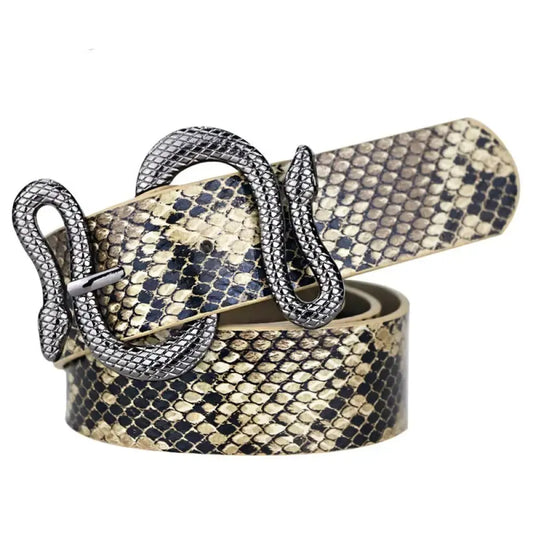It's a very characteristic snake with a medium-size and that you can't miss because its horns are reminiscent of the rhinoceros from where its name comes from. It is rather located in the West and Central African areas. Like the majority of vipers, it is poisonous and very aggressive.
If you are visiting the countries of Central Africa, we advise you to see less of this magnificent species. Its scientist is Bitis Nasicornis 🐍.
1. Description of the Rhinoceros Viper
Its physical characteristics are quite common; its length varies from 27 to 42 inches (max 47 inches). They often have a small head with 2 or 3 exceptional scales resembling horns, giving them this specificity of rhinoceros. On the skin, it has between 31 and 45 rows of scales.
The vertebrae are the protective system of the nervous system. This system also exists in snakes. Thus, there are between 12 and 32 vertebrae on the dorsal level. Males often have more vertebrae than females.
At the level of coloring, unlike the Mexican king snake, this one has a lot of colors. It has 15 to 18 oblong blue or blue-green spots with a lemon yellow line at the bottom of its center in spots are included inside black rhombic spots and irregular. Laterally the scales are white. The top of the head is between blue and green, and the abdomen between green and white.
If you want to play the experts, the western vipers are rather blue, while those on the east coast of Africa are green.
2. Rhinoceros Viper Reproduction
These snakes will rather copulate during the rainy season (March-April). Females can have between 6 and 38 young. The young that hatch is 7 to 9.8 inches long.
3. Rhinoceros Viper Toxicity
Its toxicity is quite frighteningly documented as very few bites have been made by this snake. Massive swelling has been described, which may cause necrosis. In Dayton, Ohio, in 2003, a man who kept a specimen at home as a pet was bitten and died ☠️. There is at least one antivenom that provides special protection against bites from this species.

4. Rhinoceros Viper Diet
It prefers to ambush and hunt. They are very patient and can wait for hours and hours before attacking prey. It feeds mostly on small mammals, but it is also known to catch amphibians and even fish 🐟 without a fishing rod in wetland habitats. A specimen in long-term captivity, which was regularly fed on mice and frogs that had already been killed, used to cling to its prey for a few minutes and simulate a battle before swallowing it.
5. Summary
No, he won't attack you with his horn, but he will rather like any snake bite you. This is one of the snakes to see on a trip to Africa. So you have no excuse if you see a snake with these colors and with horns like a rhinoceros, you know it is the Rhinoceros Viper.
👉 If you want to continue your adventure in the world of snakes, this magnificent creature, you can discover our article on the Vipera ammodytes.
























































































